ЯКУТ ІІ ніж ручної роботи майстра студії Павла Гончаренка, замовити купити в Україні (Сталь - N690 61 HRC))
- Виробник: Майстерня ножів ручної роботи Павла Гончаренка
- Модель: ЯКУТ ІІ - студія ножів ручної роботи Павла Гончаренка
| Загальна довжина клинка mm: | 275±05 мм |
| Матеріал леза | Клинок мартенситна легована сталь N690 виробляється корпорацією Воhlег-Uddeholm Gmbh&С |
| Твердість клинка (метал): | Загартованість - 61 HRC |
| Матеріал руків'я: | Ріг буйвола, нейзельбер, гібрид з бурштину і рослини люфа в акрилі, стабілізований ріг лося, стабілізований морений граб, мозаїчні пін і темлячна трубка. Темляк зі шкіряного шнура 3мм, бусини з гібриду |
| Довжина леза | 140±05 мм |
- Наявність: Під замовлення
Доступні варіанти
Опис
ТЕХНІЧНІ ХАРАКТЕРИСТИКИ:
Назва ножа - ЯКУТ ІІ ніж ручної роботи майстра студії Павла Гончаренка, замовити купити в Україні (Сталь - N690 61 HRC))
Тип ножа: Фіксований клинок
Бренд: Студія "Ножі ручної роботи Павла Гончаренка"
Сталевий лист: Ціліснолитий, насткрізний монтаж на стяжку і смолу
Спуски: Прямі
Зведення: 0.1- 0.2 мм
Довжина леза: 140 мм
Ширина леза: 25 мм
Товщина леза: 4.0 мм
Довжина руків'я: 135 мм
Товщина руків'я: 29 мм
Матеріал больстера (гарда) та тильника: Ріг буйвола
Руків'я: Ріг буйвола, нейзельбер, гібрид з бурштину і рослини люфа в акрилі, стабілізований ріг лося, стабілізований морений граб, мозаїчні пін і темлячна трубка. Темляк зі шкіряного шнура 3мм, бусини з гібриду
Колір руків'я: Чорно-синій
Просочення руків'я: Є
Покриття руків'я: Є
Отвір для шнурка (під темляк): Відсутній
Темляк: Є
Піхви: Морений граб з різьбленням на дереві, теляча шкіра чепрак, італійська натуральна шкіра рослинного дублення, оброблена апретурою для захисту від води та просякнута захисними розчинами, прошита вощеною ниткою. Ручне тиснення фактури. Підвіс шкіряний плетений шнур 3мм, бусини з нерпжавійки
Модель: ЯКУТ ІІ ніж ручної роботи майстра студії Павла Гончаренка, замовити купити в Україні (Сталь - N690 61 HRC))
Номер моделі: 108
Країна народження: Україна
Ремісник: Майстер Павло Гончаренко, м. Іванків, Україна ("Ножі ручної роботи Павла Гончаренка")
Найкраще використання: Багатофункціональний: полювання, рибальство, туризм, домашнє господарство, поділ тушки, нарізка тощо
Стан ножа: Новий
Ціна: Вказана разом з піхвами.
Заточений ніж – не є холодною зброєю.
Наші ножі дуже гострі, тому відкривайте та використовуйте дуже обережно. Ми не несемо відповідальності за травми, пов'язані з використанням наших ножів.
Наша продукція призначена для легального використання лише відповідальними покупцями. Ми не продаватимемо наші продукти особам молодше 18 років.
Наявність регулярно змінюється, при підтвердженні Вашого замовлення ми повідомимо про наявність або термін готовності товару. Виріб може трохи відрізнятися від представленого на фото.
Особливості сталі N690
Мартенситна легована сталь N690 виробляється корпорацією Воhlег-Uddeholm Gmbh & Со, що має свої підприємства в Австрії, Німеччині, Південній та Північній Америці. Друга назва сплаву це австрійська кобальтова нержавіюча сталь. Завдяки високій якості та експлуатаційним характеристикам та плюсам її успішно реалізують у багатьох країнах світу для виготовлення ножів та інших цілей.
Сталь виготовляється за технологією електрошлакової переплавки. Має рівномірно розподілену карбідну структуру кристалічної решітки за відсутності шкідливих домішок. В результаті термічної обробки та кування ударна в'язкість матеріалу збільшується без втрати твердості. Наявність легуючих добавок у хімічному складі сталі забезпечує стійкість до корозії.
Галузь застосування
Сталь визнана хорошим матеріалом для серійного виготовлення довгомірних та тактичних ножів, технічні характеристики яких допускають експлуатацію у важких та екстремальних умовах. Леза зі сталі N690 здатні витримувати не тільки поздовжні, а й сильні бічні навантаження при дії на злам і проворотах.
Завдяки стійкості до впливу корозії та агресивних середовищ сталь застосовується при виготовленні ножів для дайвінгу, гарпунів для підводного полювання та іншого спортивного обладнання.
Цю сталь застосовують при виготовленні ножів такі відомі європейські бренди, як Вокег, Spyderco, Вепсhmade та Ехtгеmа Ratio. Виготовлені леза мають прекрасні ріжучі властивості, міцні, довговічні, добре заточуються і тримають край. Наявність легуючих елементів у складі забезпечило високу корозійну стійкість за збереження пластичності. При необхідності існує можливість термічного загартування до 60 НКР.
Техніко-фізичні характеристики сплаву дозволяють використовувати його в машинобудуванні для виготовлення інструменту, фрез, свердел, деталей підшипників та відповідальних вузлів, що працюють при високих механічних навантаженнях. Сталь відрізняється підвищеною зносостійкістю та допускає можливість термічної обробки.
Стійкість до впливу вологи та хімічних речовин дозволяє застосовувати сталь у харчовій та фармацевтичній промисловості для виготовлення ріжучого інструменту та подрібнювачів. При цьому враховується екологічна чистота матеріалу та повна відсутність домішок.
АНАЛОГИ
За своїм складом steel N690 є близьким аналогом російської сталі 95X18, німецької Х102СгМо17, японських / (3-10 і А115-10, французької 2100СО17, американської 440 С. У Швеції виробляють аналог Sandvic 12С27).
СКЛАД
Сталь N690 містить:
■ 1,08% вуглецю (С), який надає твердості матеріалу та підвищує міцність;
■ 17,3% хрому (Сг) для отримання антикорозійних властивостей, підвищення зносостійкості та зміни умов загартовування;
■ 1,1% молібдену (Мо) для зниження крихкості, підвищення пластичності та стійкості до впливу високих температур;
■ 0,1% ванадію (V) для посилення пружності металу та інертності до дії агресивних середовищ;
■ 1,5% кобальту (Со) підвищення жароміцності і поліпшення механічних властивостей;
■ 0,4% марганцю (Мп) підвищення твердості;
■ 0,4% кремнію (5|) для покращення стабільності сплаву та посилення зносостійкості.
Наявність кобальту в хімічному складі металу робить кристалічну структуру N690 більш однорідною та стійкою до механічних навантажень.
ПЛЮСИ ТА МІНУСИ СТАЛІ N690 ДЛЯ НОЖІВ
Використання австрійської сталі N690 дозволяє виготовляти якісні нержавіючі ножі різного призначення. Завдяки своїм фізико-технічним властивостям матеріал добре обробляється, здатний до термічної обробки, не схильний до корозії і продається за доступною ціною.
5*ее1 N690 це один із кращих сплавів для виготовлення красивих зносостійких клинків. Просте заточування та тривале збереження гостроти кромки роблять користування простим та зручним. Ви ніколи не пошкодуєте про купівлю або виготовлення ножа із цієї сталі.
Види поставок
Висока якість сталі Вohler N690 забезпечена застосуванням унікальної технології прокатки, розробленої виробником. Металеві листи піддаються багаторазовій гарячій обробці з прокаткою в поздовжньому та поперечному напрямку. Після цього проводиться холодне нарізування матеріалу на смуги.
Спеціально для виготовлення ножів сталь марки N690 поставляється на ринок металопрокату у вигляді сталевих смуг товщиною 3-5 мм, шириною 20-50 мм та довжиною від 250 до 1000 мм. Поперечний переріз смуг прямокутний або з підготовленим поздовжнім скосом, який позбавити виконання ковальських робіт при виготовленні леза. Сталь може мати попередню термообробку або без неї.
Все це дуже зручно, оскільки не вимагає виконання операцій з різання великих листів, дозволяє точно визначати кількість необхідного матеріалу і знижує кількість відходів.
Смуги продаються поштучно. Вартість залежить від геометричних розмірів виробу, товщини та видів попередньої заводської обробки. Для продукції металообробної промисловості здійснюються постачання листа товщиною 2-8 мм заявленого у договорі розміру. За потреби можна замовити будь-який аналог сталей типу N690. Металевий лист продається на вагу.
Опис
Характеристика деревини
Чорний граб
Перед застосуванням будь-яких видів кріплення потрібно попереднє свердління матеріалу. Шурупи та цвяхи він тримає чудово, що добре підходить для забезпечення з'єднань меблів та складних деталей.
При використанні свіжої деревини в побуті виробу рекомендовано вирізувати і обточувати, доки матеріал не висушений, - у такому вигляді його простіше обробити.
Незважаючи на природну високу щільність та зносостійкість, граб вважається досить складною і малопрактичною породою, оскільки швидко розмокає, схильний до ураження грибком та іншими біологічними патогенами. Без додаткового протруювання та оздоблення він не застосовується, не підходить і для зовнішніх робіт. Звита структура волокон і низька здатність до склеювання не дозволяє використовувати граб як конструкційний будівельний матеріал: фанери або клеєного бруса. Для зовнішніх робіт не застосовують. Усередині приміщень поверхня з граба повинна покриватися захисними просоченнями та товстими шарами лаку. Не варто використовувати матеріал у кімнатах із високою вологістю.
Сфери та особливості застосування
Своє призначення ця деревина знаходить там, де потрібна стійкість до ударних навантажень: у виготовленні декоративних елементів, деталей механізмів, предметів спортивного призначення. З неї виробляють:
ключки для гольфу, більярдні киї;
ткацькі човники;
сільськогосподарські знаряддя праці;
корпуси та елементи грифів скрипок, гітар, деталі роялів, інших музичних інструментів;
обробні дошки, ручки ножів;
скриньки, іграшки, сувеніри, рами для картин, панно та фотографій;
меблі, паркет, деталі оформлення інтер'єру.
Завдяки благородному світло-перлинному забарвленню та міцності, деревина граба має високу художню цінність і використовується у створенні мозаїчних малюнків, фризів та елементів декору.
З грабу виробляють деталі повітряних гвинтів у літакобудуванні.
У середньому ціна на 1м³ деревини, залежно від виробника, становить 645–800 доларів.
Вважається, що меблі або обробка з цього виду деревини позбавляє втоми, надає фізичних сил, допомагає скоординувати думки і дії, позбутися поганого настрою.
Чорний граб
Світла структура дерева з маловираженим природним малюнком робить його привабливим виготовлення різних імітацій. Методом протруювання матеріалу отримують чорний граб, який за властивостями та зовнішнім виглядом подібний до ебенового дерева. Для якісного фарбування застосовують нігрозини – спеціальні суміші на основі аніліну, нітробензолу та соляної кислоти, розчинені у воді чи спиртах. Вони надають матеріалу чистого яскравого кольору, який не боїться впливу прямих сонячних променів. Професійне протруювання передбачає наскрізне забарвлення всієї товщі матеріалу, а не поверхневе нанесення фарби. Самостійно протравлювати деревину не рекомендується, тому що при використанні самопальних хімічних барвників вона може втратити міцність, стати пухкою або профарбуватися нерівномірно. Майстерно виготовлений, імітований під ебен чорний граб має дуже темний фіолетовий відтінок, що не вигорає і не линяє з часом, не мажеться при механічному впливі на поверхню. Чорний граб продається малими партіями як невеликих брусків.
Рекомендовані товари









Доставка і оплата
Доставка і оплата
Доставка Новою Поштою
Швидкість доставки в будь-яке відділення Нової пошти в Україні фіксується оператором, але зазвичай не перевищує 1-3 календарних днів.
Готівкою
Оплата готівкою при отриманні товару.
Післяплатою на Новій Пошті (при собі необхідно мати паспорт або водійське посвідчення).
Visa и MasterCard
Оплата замовлення на карту Приват Банку.
Доставка товару можлива тільки після підтвердження платежу.
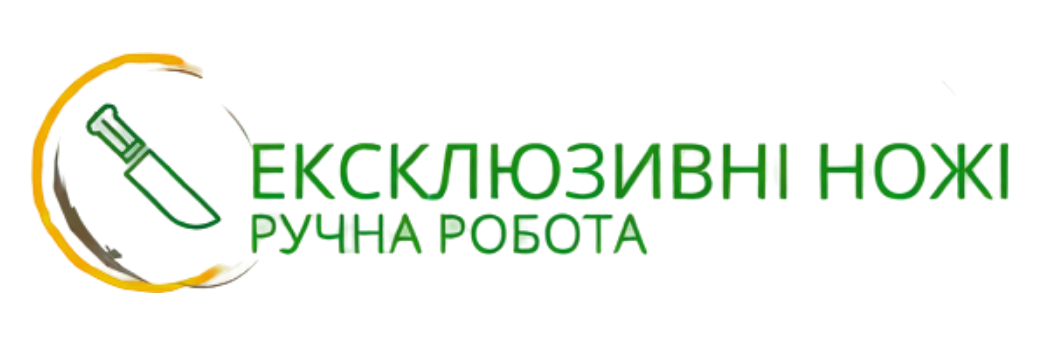







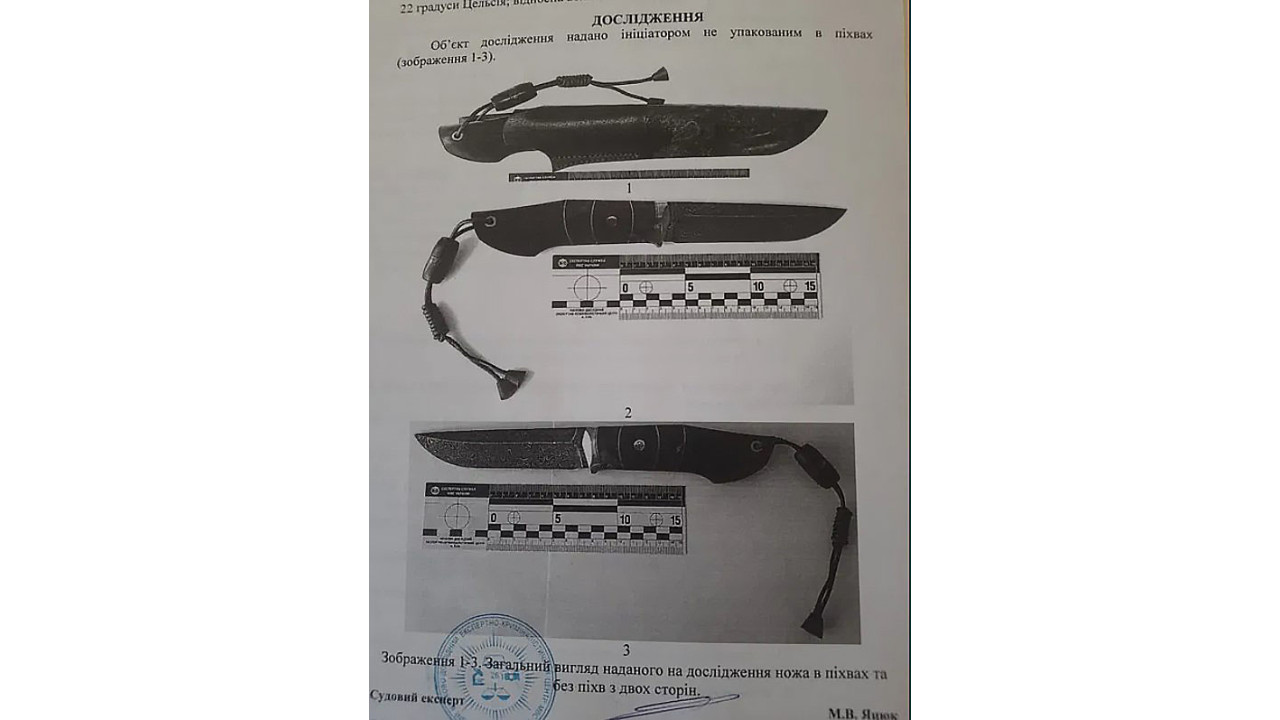










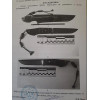



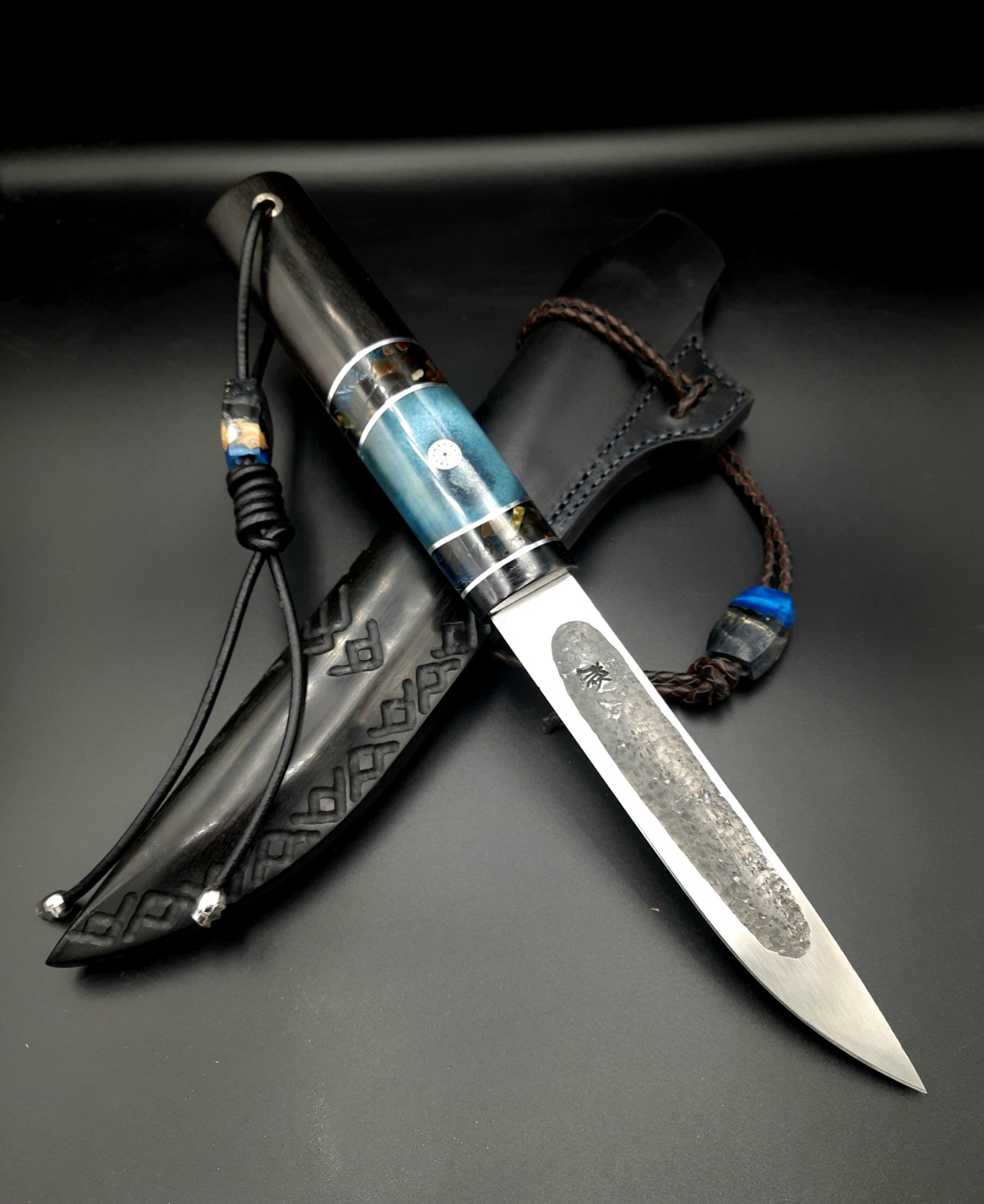

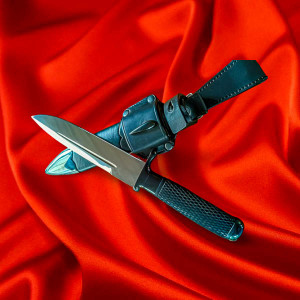
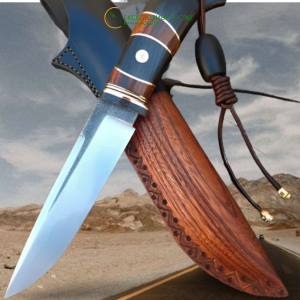
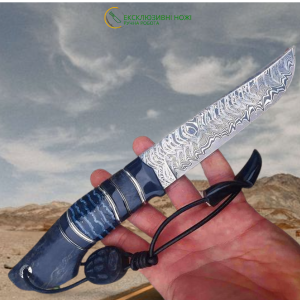
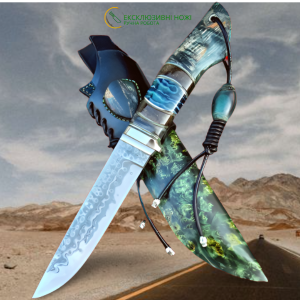
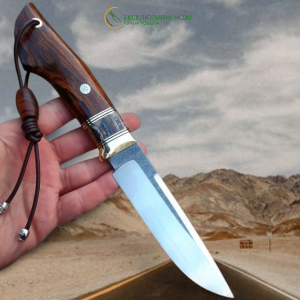
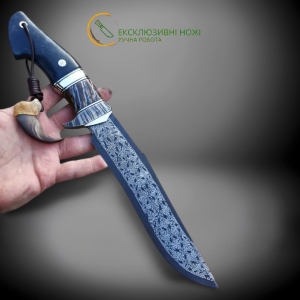
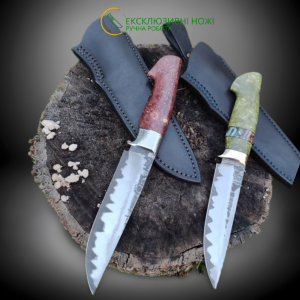
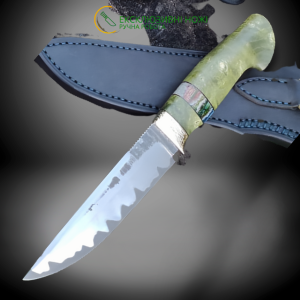
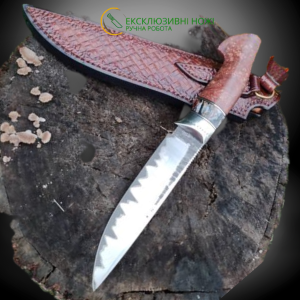
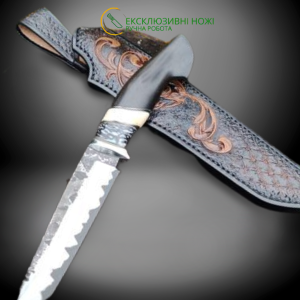
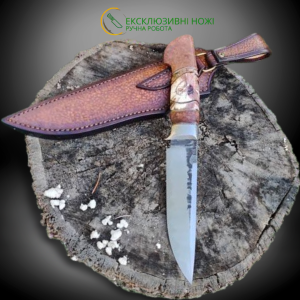
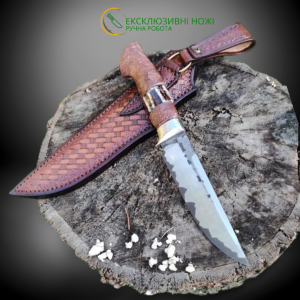
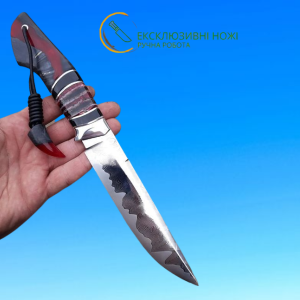
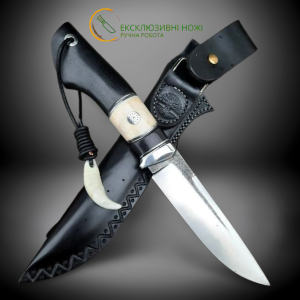
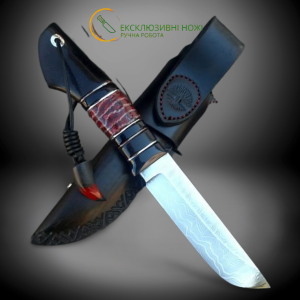
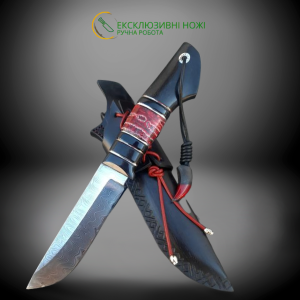
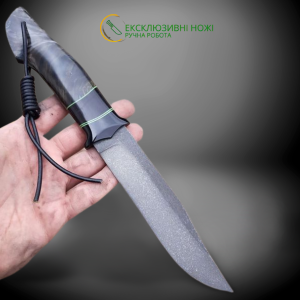
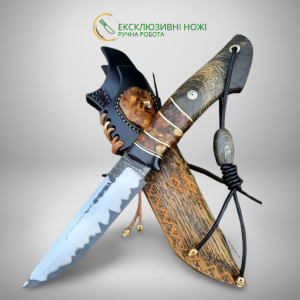
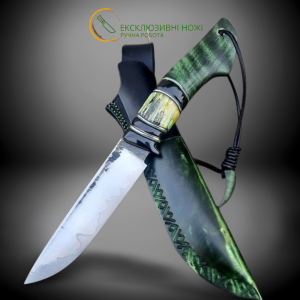
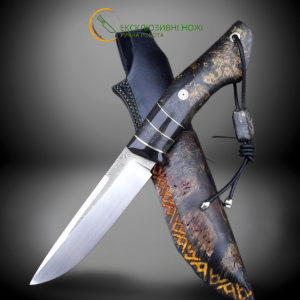
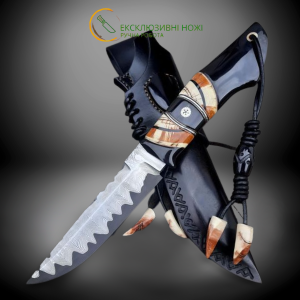
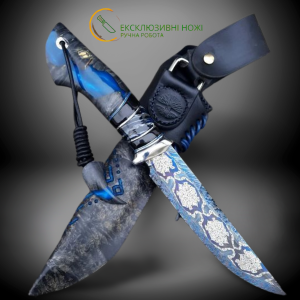
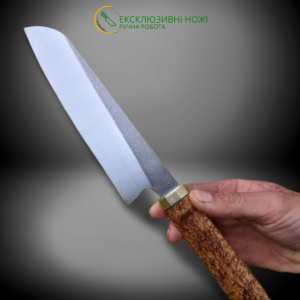
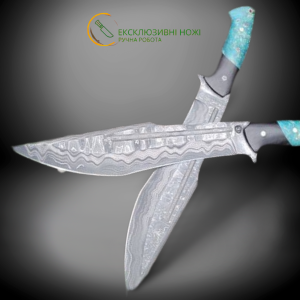
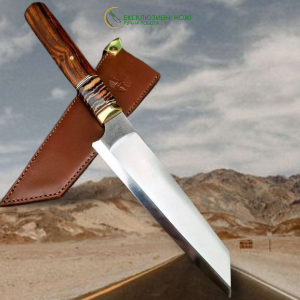
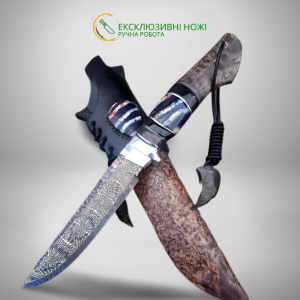
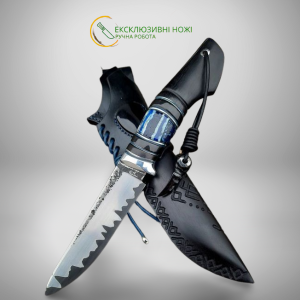
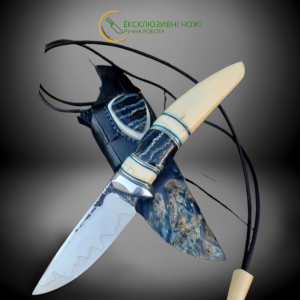
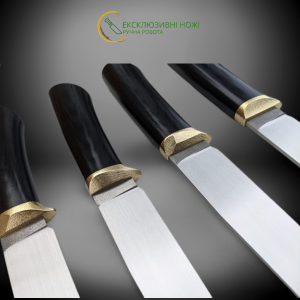
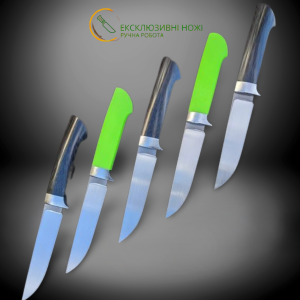
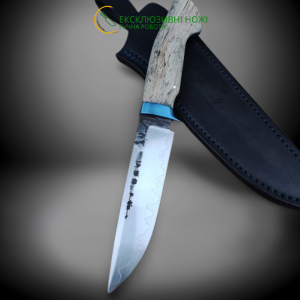
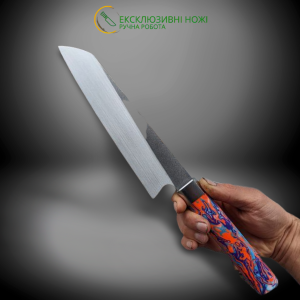
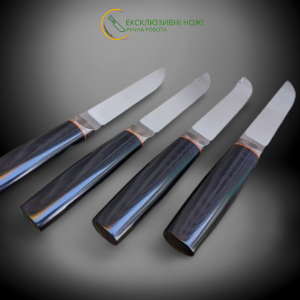
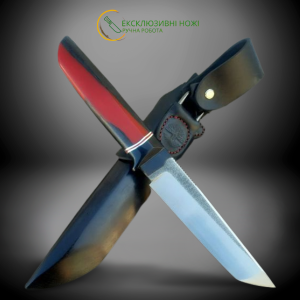
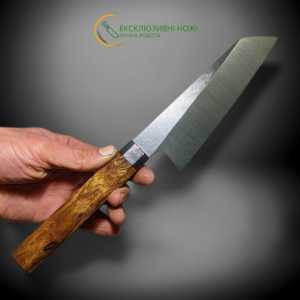
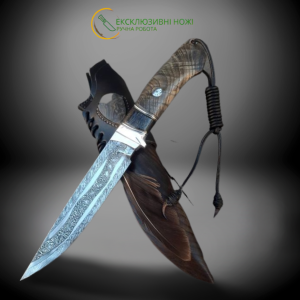
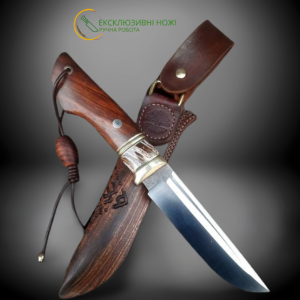
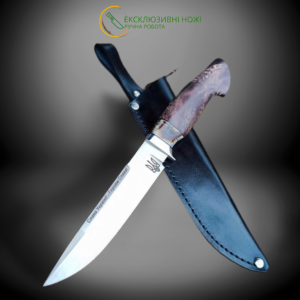
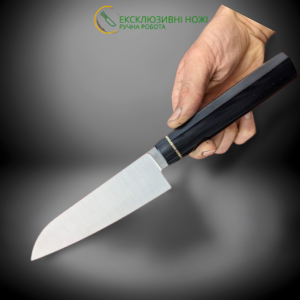
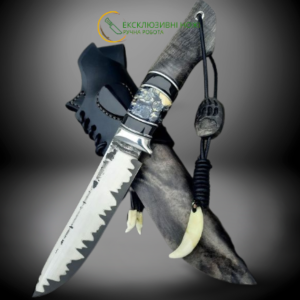
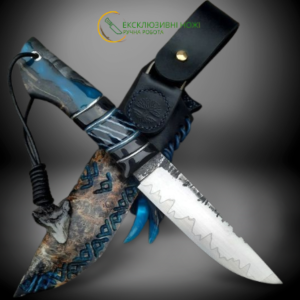
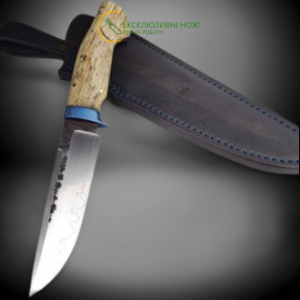
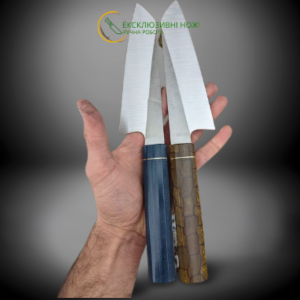
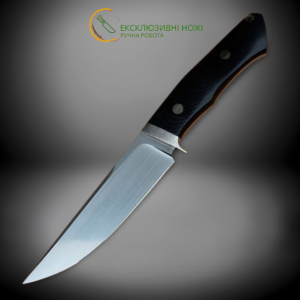
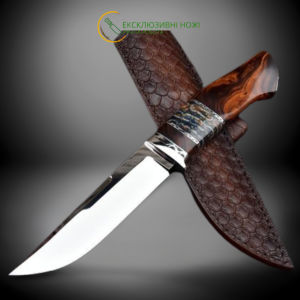
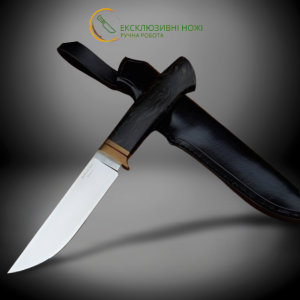
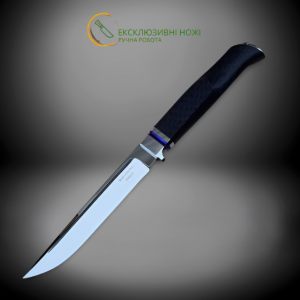
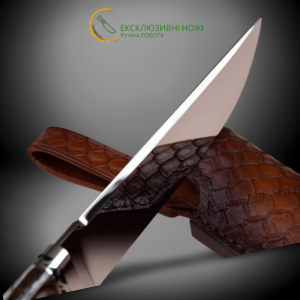
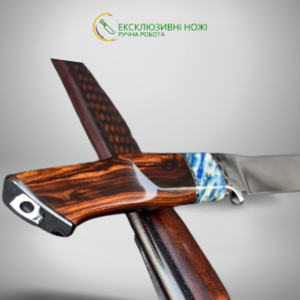
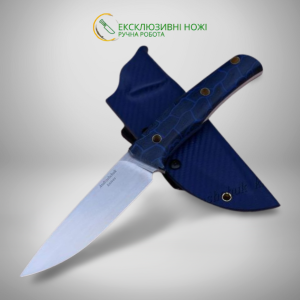
/EXELSIOR S90V ніж ручної роботи майстра студії Androshchuk Knives, купити замовити в Україні-300x300.png)
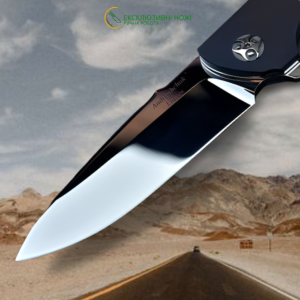
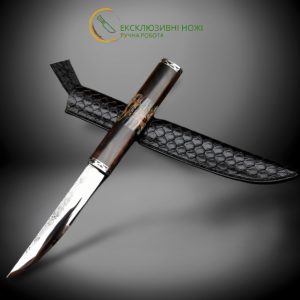
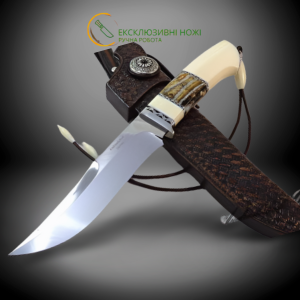
/JUNIOR BEAR (ЮНИЙ ВЕДМІД) ніж ручної роботи майстра студії ANDROSHCHUK KNIVES, купити замовити в Україні_зас-300x300.png)
-300x300.png)





























14-300x300.png)









17-300x300.jpg)
/НЕВИДИМИЙ II (чорний) ексклюзивний ніж ручної роботи майстра студії Fomenko Knifes, купити замовити в Україні16-300x300.jpg)




-300x300.jpg)


2 2-300x300.jpg)

/БОЦМАН (BOTSMAN) ексклюзивний ніж ніж ручної роботи майстра студії СЕРГІЯ ДРОЗДА, купити замовити в Україні (Сталь - CPM S110V) 2-300x300.jpg)
-300x300.png)
-300x300.png)
 -300x300.png)
 копія (1)-300x300.jpg)
 — середнє 2-300x300.jpg)
_заст-300x300.png)







 — середнє 2-300x300.jpg)













































, купити замовити в Україні_заст2 — середнє-300x300.jpg)
, купити замовити в Україні_заст-300x300.png)
, купити замовити в Україні_заст-300x300.png)
, купити замовити в Україні_заст-300x300.png)









, купити замовити в Україні-300x300.png)
, купити замовити в Україні_заст-300x300.png)
































































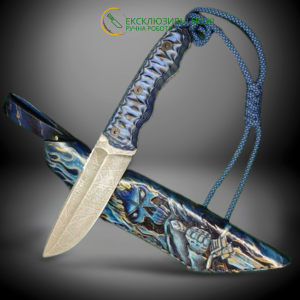
-300x300.png)



, купити замовити в Україні-300x300.png)
, купити замовити в Україні — середнє-300x300.png)


/АВІАТОР/АВІАТОР ексклюзивний колекційний ніж ручної роботи студії KUSTOM KNIVES купити замовити в Україні -300x300.png)
/ДЕЛЬФІН/ДЕЛЬФІН (Dolphin) ексклюзивний колекційний складний ніж ручної роботи студії KUSTOM KNIVES_застав2-300x300.png)
/МІНОС (Minos)/MINOS (МІНОС) ексклюзивний колекційний складний ніж ручної роботи студії KUSTOM KNIVES_заст-300x300.png)
/ВОЯДЖЕР (Voyager)/ВОЯДЖЕР (Voyager) ексклюзивний колекційний складний ніж ручної роботи студії KUSTOM KNIVES29_заст-300x300.png)
/IRONBELLY/IRONBELLY ексклюзивний колекційний складний ніж ручної роботи студії KUSTOM KNIVES — середнє 2-300x300.jpg)
/ОЛВАР (Olvar)/ОЛВАР (Olvar) ексклюзивний колекційний складний ніж ручної роботи студії KUSTOM KNIVES купити замовити в Україні_заст-300x300.png)
/НОВА ГОТИКА/НОВА ГОТИКА ексклюзивний колекційний ніж ручної роботи студії KUSTOM KNIVES купити замовити в Україні_заст-300x300.png)


/ЗОЛОТА ОСІНЬ/ЗОЛОТА ОСІНЬ ексклюзивний колекційний ніж ручної роботи студії KUSTOM KNIVES_заставка-300x300.png)
/ВЕСНА/ВЕСНА ексклюзивний колекційний ніж ручної роботи студії KUSTOM KNIVES купити замовити в Україні_заст-300x300.png)




























/GOLD NORD/GOLD NORD ексклюзивний колекційний ніж ручної роботи студії KUSTOM KNIVES купити замовити в Україні-300x300.png)

-300x300.png)

/PLUS+/PLUS ексклюзивний колекційний ніж ручної роботи студії KUSTOM KNIVES-300x300.png)









































/СЛІМ (Slim)/СЛІМ (Slim) скаладний ніж ручної роботи студії KUSTOM KNIVES, Сталь - Damasteel® RWL-34™ 61-62 HRC_заст — середнє-300x300.jpg)


















/ШЕВРОН (Chevron)/ШЕВРОН (Chevron) ексклюзивний складний ніж ручної роботи KUSTOM KNIVES7 — велике-300x300.png)





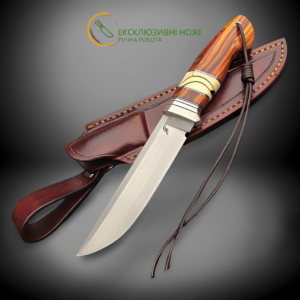

 ШЕФ/РЕД (RED) ШЕФ ніж ручної роботи майстра Fomenko Knifes1-300x300.png)








/ГАТОР (Gator)/ГАТОР (Gator) колекційний складний ніж ручної роботи студії LESBAR KNIVES_ЗСТ3-300x300.png)







-300x300.png)
-300x300.png)


















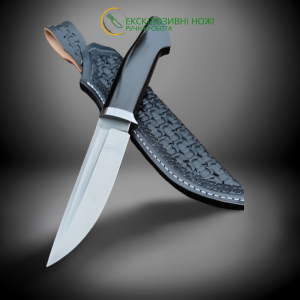
























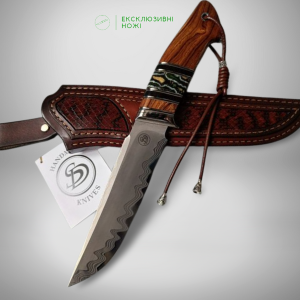
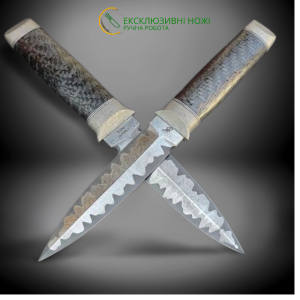
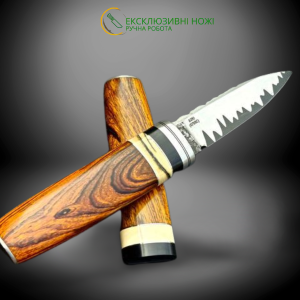
















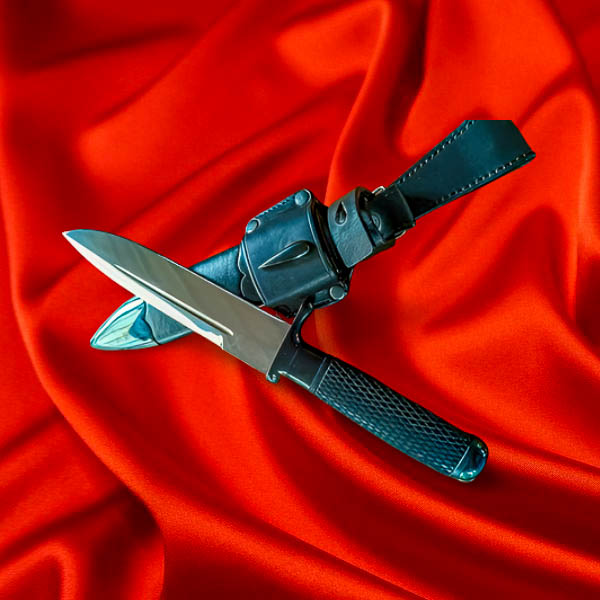


-600x600.png)
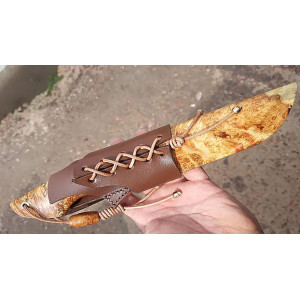
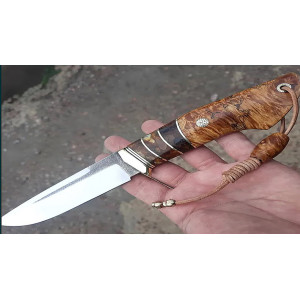






_заст-600x600.png)
9-300x300.jpg)
6-300x300.jpg)


























